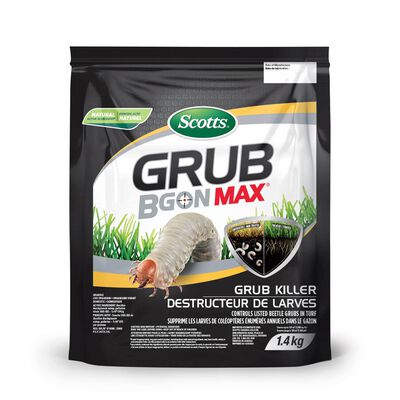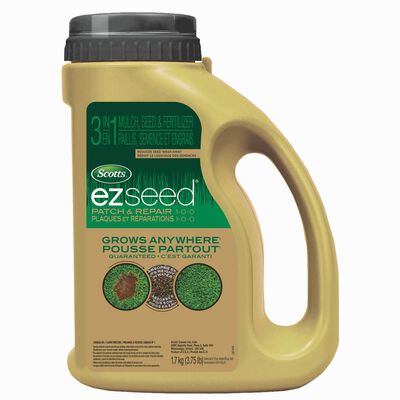
How to Control Lawn Grubs
If you've had problems in early summer with beetles, and by late summer dead patches of grass have appeared in your lawn, you probably have grubs. Grubs are the larvae of Japanese beetles, June beetles, chafers, and others. These white, C-shaped grubs feast on organic matter in the soil, including grass roots.
Signs of Grub Problems
There are several easy-to-spot signs that you may have grubs in your lawn:
- Raccoons, skunks, or moles are digging up your yard. These animals all love to dine on large, mature grubs.
- You can pull back the dead patches on your lawn like pieces of loose carpet. This happens because grubs eat the roots holding the turf firmly in place on the soil.
- Before the dead patches even appear, your lawn feels spongy when stepped on, as it it were freshly laid sod.
To check if you have a grub problem, peel back a square foot of green turf in several areas of your lawn. If you see 6 or more grubs in each area, it may be time for action.
Controlling Grubs in the Lawn
There are several easy-to-spot signs that you may have grubs in your lawn:
- Raccoons, skunks, or moles are digging up your yard. These animals all love to dine on large, mature grubs.
- You can pull back the dead patches on your lawn like pieces of loose carpet. This happens because grubs eat the roots holding the turf firmly in place on the soil.
- Before the dead patches even appear, your lawn feels spongy when stepped on, as it it were freshly laid sod.
To check if you have a grub problem, peel back a square foot of green turf in several areas of your lawn. If you see 6 or more grubs in each area, it may be time for action.
Beetles, like Japanese and chafer beetles, emerge in early summer, feed on plants in the garden, and lay their eggs in the soil in the lawn. Later in the summer, the grubs hatch and immediately begin to feed. They will continue to eat and grow until mid-fall, when they move deeper in the soil so they can survive through the winter. When the soil warms up again in the spring, the large, mature grubs move back into the upper soil levels, where they transform into adult beetles that emerge in early summer and start the whole process over again.
Application Tips
- Apply Scotts Grub B Gon with a spreader.
- To activate the product, water immediately after applying.
- A drought-stressed, underfed lawn will show grub damage faster, and with fewer grubs per square foot, than a properly-fed, well-maintained lawn.
- A properly maintained lawn can tolerate more grubs per square foot than a stressed lawn.
- Repair dead patches caused by grubs with Scotts ezSeed.

